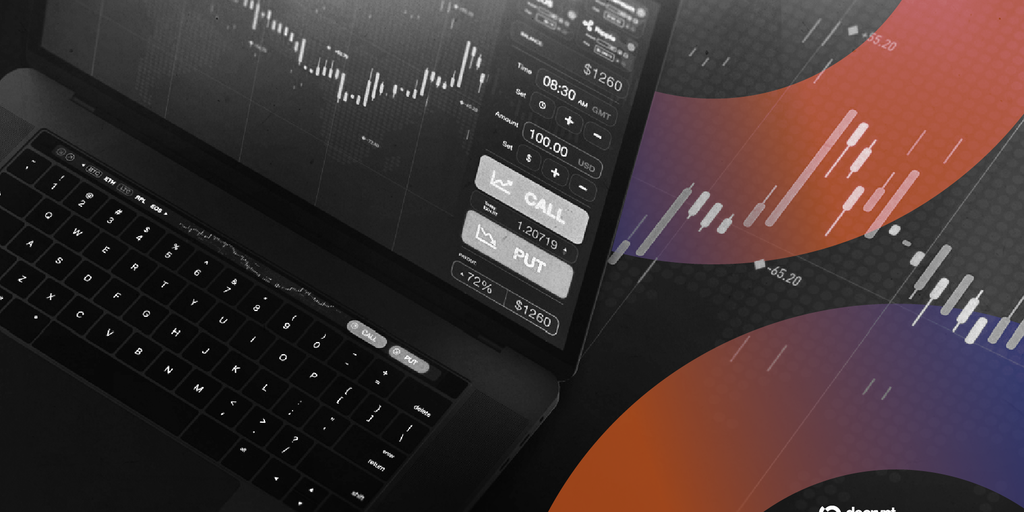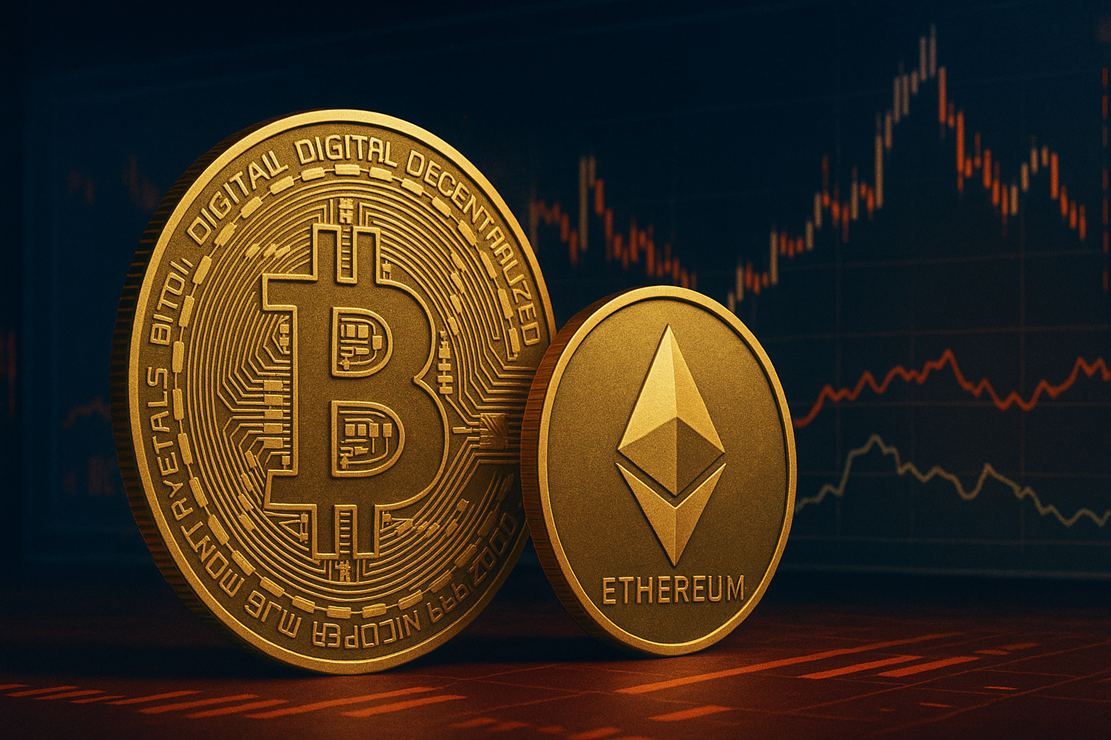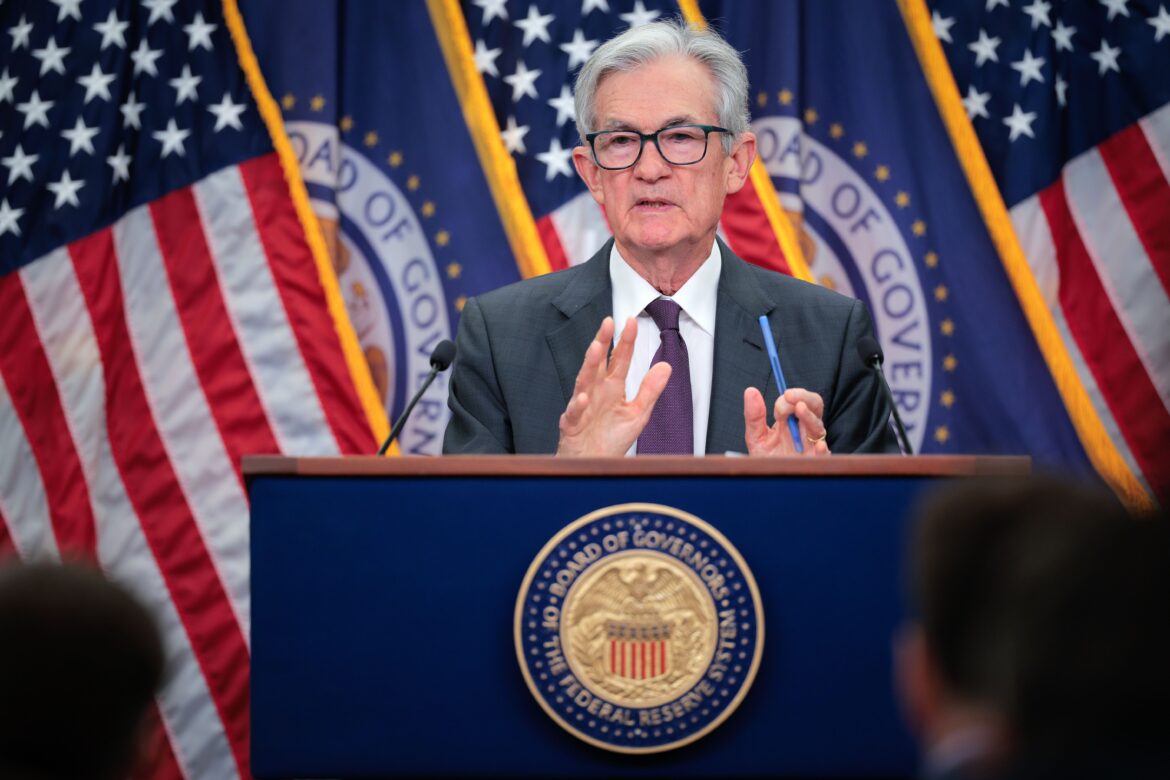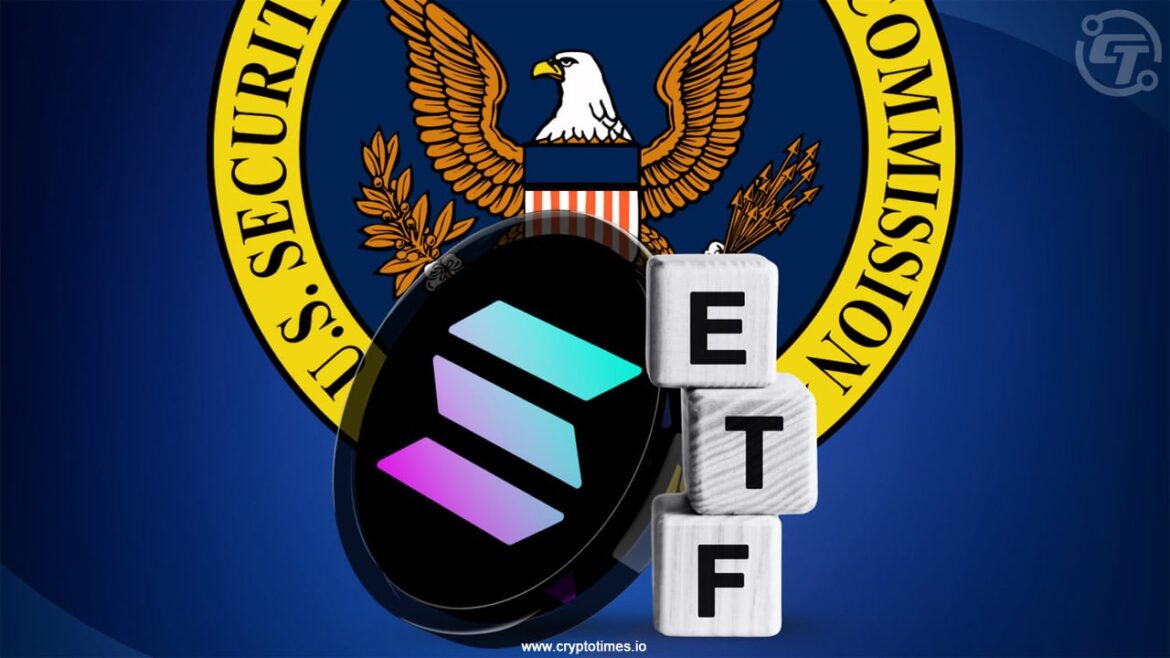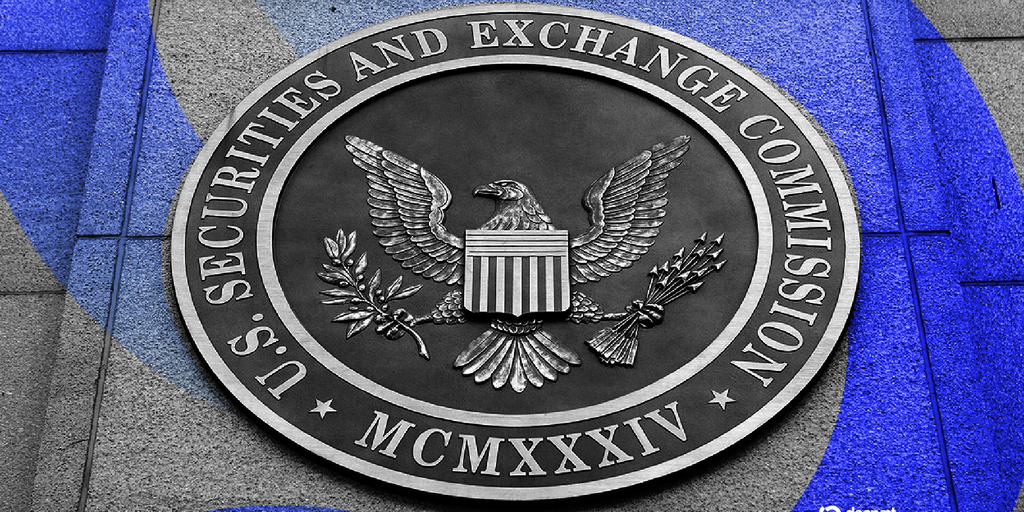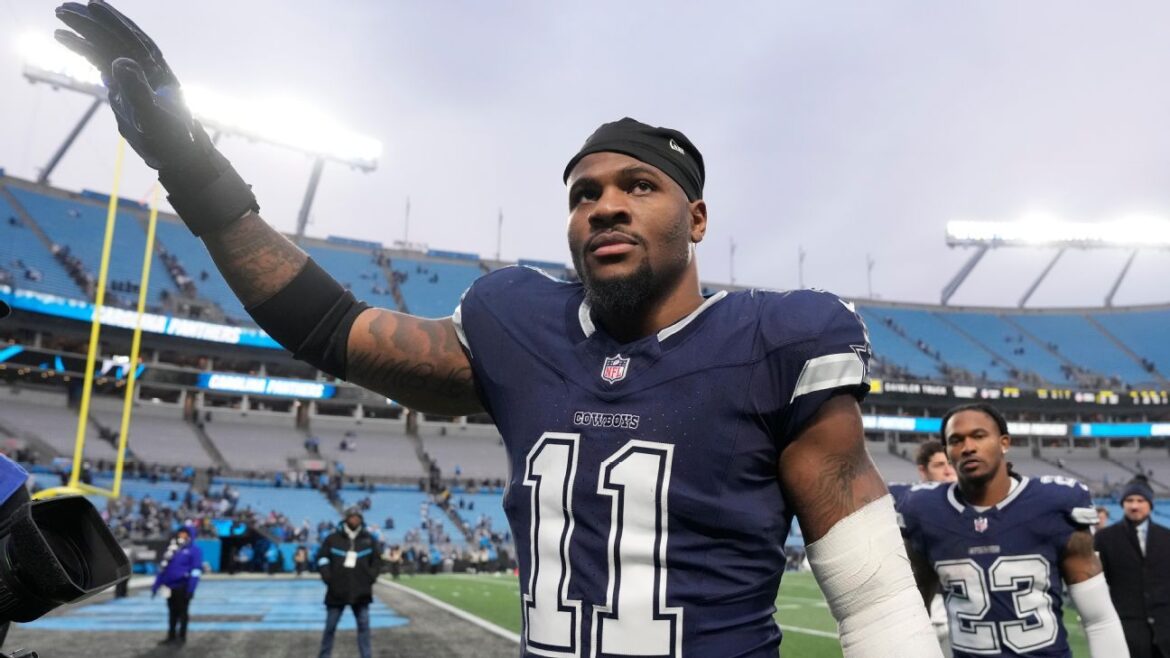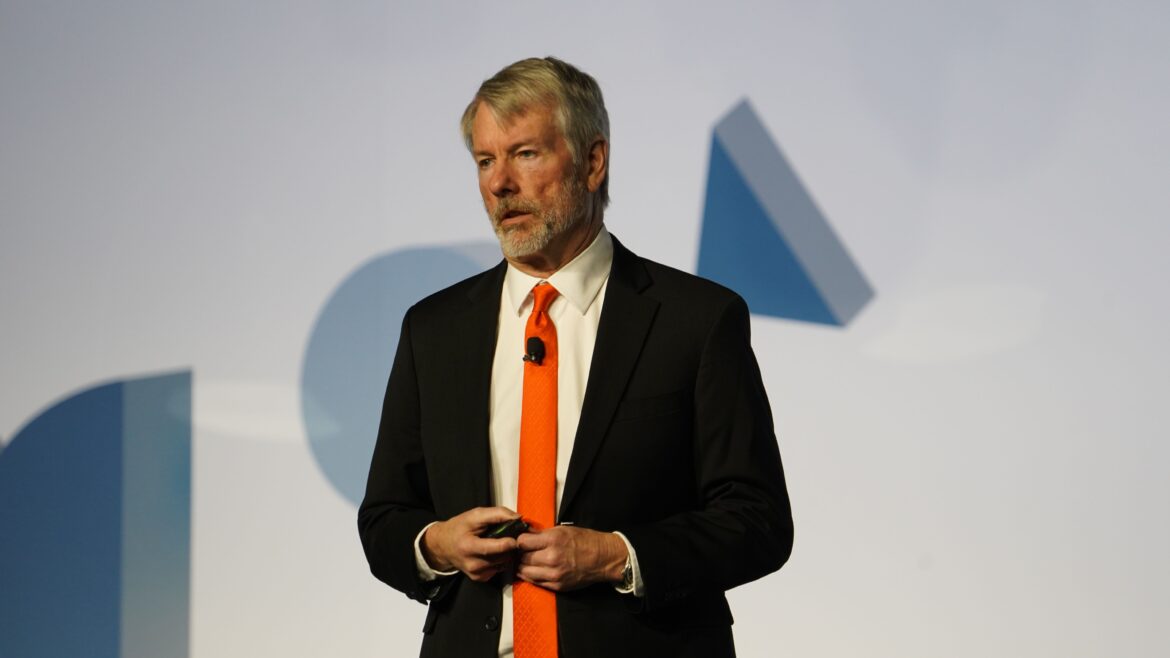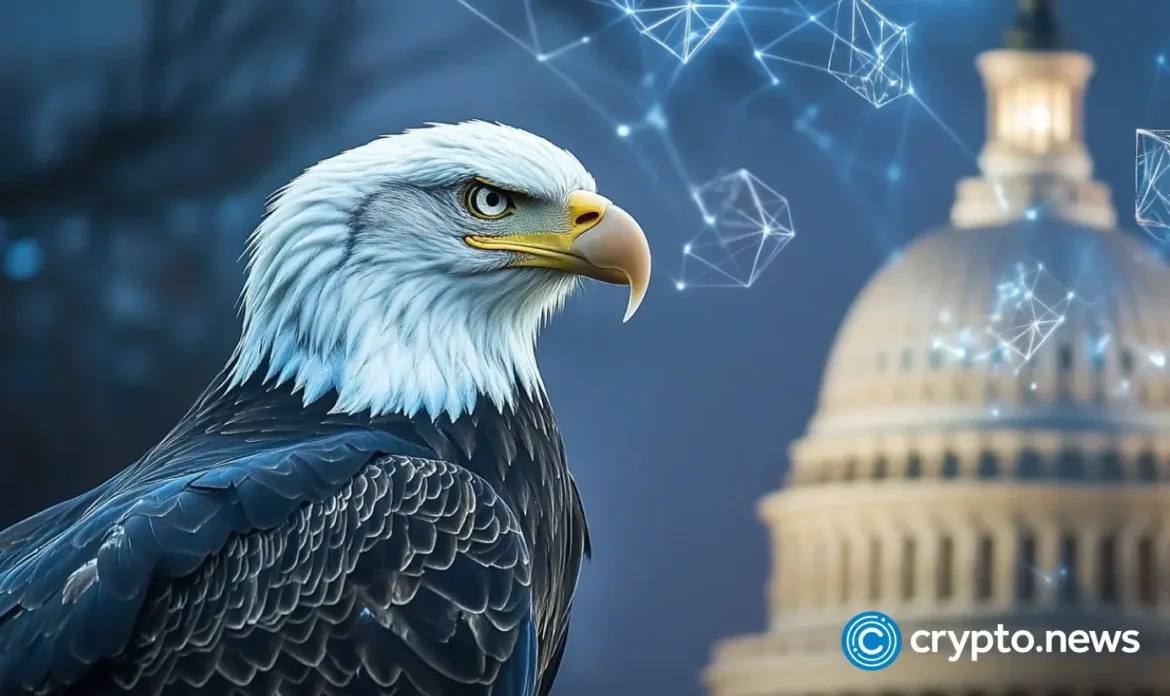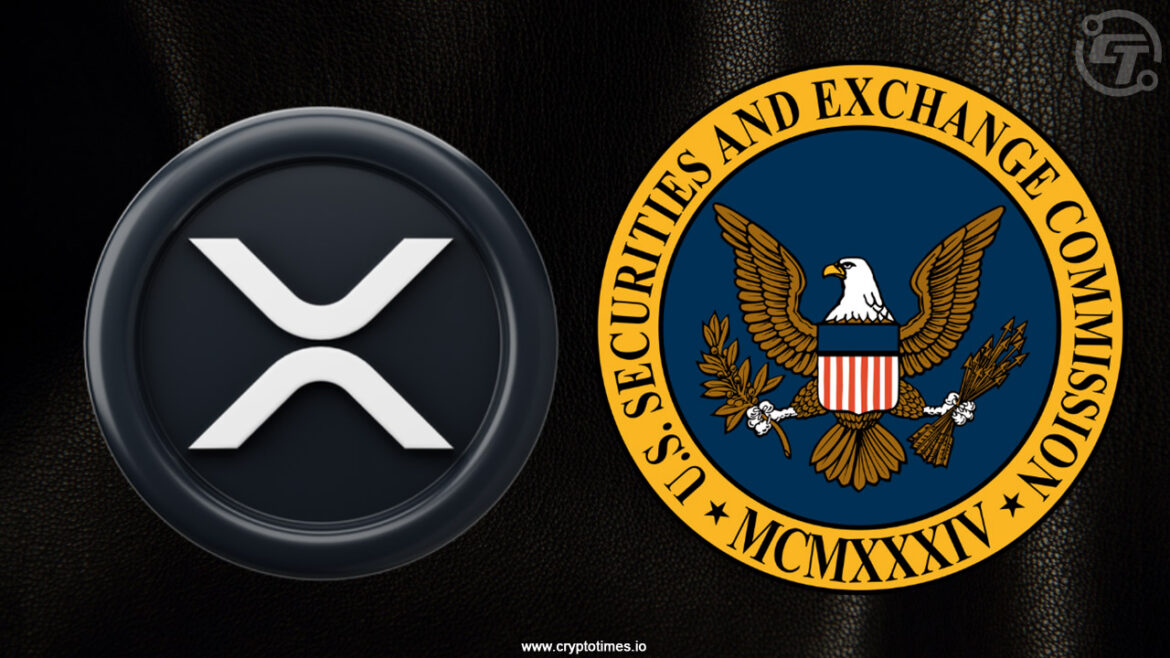In brief
- Altcoin open interest has jumped to $38 billion, closing in on Bitcoin’s $40 billion and topping Ethereum’s $30 billion, signaling heightened speculative activity.
- Experts warn the leverage buildup could spark liquidations if the Fed’s expected rate cut triggers a shift in sentiment.
- Political pressure on Chair Jerome Powell and signs of elevated implied volatility add to expectations of sharp swings in the days ahead.
A surge in leveraged bets on altcoins is beginning to build ahead of a key Federal Reserve policy decision this week, a move that could introduce significant volatility to the crypto markets this month.
Altcoin open interest is now close to surpassing Bitcoin’s, a setup that has historically preceded a drawdown in blue-chip digital assets.
“An uptick in altcoin leverage is the eagerness for alt season,” Stephen Gregory, founder of crypto trading platform Vtrader, told Decrypt.
Gregory pointed to the recent rally for altcoins last week and leveraged bets as evidence for the shifting sentiment.
Open interest for altcoins has swelled from $30 billion on September 1 to $38.6 billion as of Monday, eclipsing Bitcoin’s $40 billion and Ethereum’s $30 billion, according to Coinalyze data.
While open interest does little to provide a directional bias in the way prices move, it can indicate sophisticated traders are positioning themselves ahead of key events.
“People are rotated out of Bitcoin and into alts in the short term,” Gregory said, cautioning that larger traders may be attempting to “front run” the anticipated rate cut on Wednesday.
“The Fed’s rate cut decision could cause retail to assume its bullish while whales lever up on shorts and push a liquidation event,” he said.
Tensions have risen across both traditional and crypto markets over the central bank’s future monetary policy as it fights to remain independent amid pressure from the Trump administration.
President Donald Trump and Treasury Secretary Scott Bessent have previously urged the Fed to reduce its September Funds Rate by as much as 50 basis points, going so far as to call for Fed Chair Jerome Powell’s resignation multiple times this year.
Given the backdrop, traders are now “bracing for potential volatility,” Shawn Young, chief analyst at MEXC Research, told Decrypt.
The analyst pointed to an increase in one-week at-the-money implied volatility and one-week 25-delta skews as evidence of anticipated short-term price movements.
“Given these indicators, we might expect heightened market activity and potential price fluctuations in the coming days,” he said. “Traders should remain vigilant and consider adjusting their strategies to navigate the anticipated volatility.”
Daily Debrief Newsletter
Start every day with the top news stories right now, plus original features, a podcast, videos and more.

